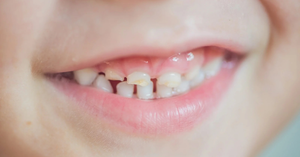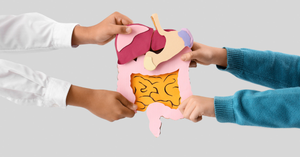Children's dental health is a cornerstone of their overall well-being, and as parents, understanding the impact of diet on teeth is crucial. One common but often overlooked culprit behind tooth decay and enamel erosion is acidic foods. These foods can weaken the protective layer of enamel, making teeth more vulnerable to cavities, sensitivity, and other oral health issues. In this article, we’ll explore how acidic foods affect children's dental health, identify common acidic foods, and offer tips to safeguard your child's smile.
The Science Behind Acidity and Tooth Decay
Acidic foods can be harmful to teeth because they lower the pH level in the mouth. A normal pH is around 7, but when it dips below 5.5, the acidic environment begins to dissolve tooth enamel, the outer protective layer of the tooth. Once enamel erodes, it cannot regenerate, leaving the teeth vulnerable to decay and sensitivity. Children, whose enamel is still developing, are especially susceptible.
Types of Acids in Foods:
- Citric Acid: Found in citrus fruits like lemons, limes, and oranges.
- Malic Acid: Present in apples and pears.
- Phosphoric Acid: Found in sodas and soft drinks.
- Acetic Acid: Common in pickles and vinegar-based foods.
- Tartaric Acid: Found in grapes and bananas.
Common Acidic Foods to Watch For
Several foods that are healthy in moderation can pose risks when consumed excessively. These include:
1. Citrus fruits like oranges, lemons, and grapefruits.
2. Tomatoes and tomato-based sauces.
3. Pickles and vinegar-based dressings.
4. Soft drinks and fruit juices.
5. Candies and sour gummies.
While some of these foods provide nutritional benefits, the frequency and method of consumption make a big difference. For instance, sipping on fruit juice or soda over a long period prolongs acid exposure, increasing the risk of damage.
How to Protect Your Child's Teeth
Fortunately, there are several ways to minimize the impact of acidic foods:
- Encourage Water After Eating: Drinking water helps neutralize acids and washes away food particles.
- Limit Snacking: Reducing the frequency of acidic food consumption decreases enamel exposure to harmful acids.
- Choose Dairy or Calcium-rich Foods: These help neutralize acids and strengthen teeth.
- Use a Straw: For drinks like soda or juice, using a straw minimizes direct contact with teeth.
- Wait Before Brushing: Brushing immediately after consuming acidic foods can further erode softened enamel. Wait at least 30 minutes.
Conclusion
Acidic foods are an inevitable part of a child's diet, but understanding their effects on dental health can help you make better choices. By moderating their intake and encouraging good dental hygiene practices, you can protect your child’s enamel and set them up for a lifetime of healthy teeth. Make dental health a priority—because a healthy smile is a happy smile!








Be the first one to comment on this story.